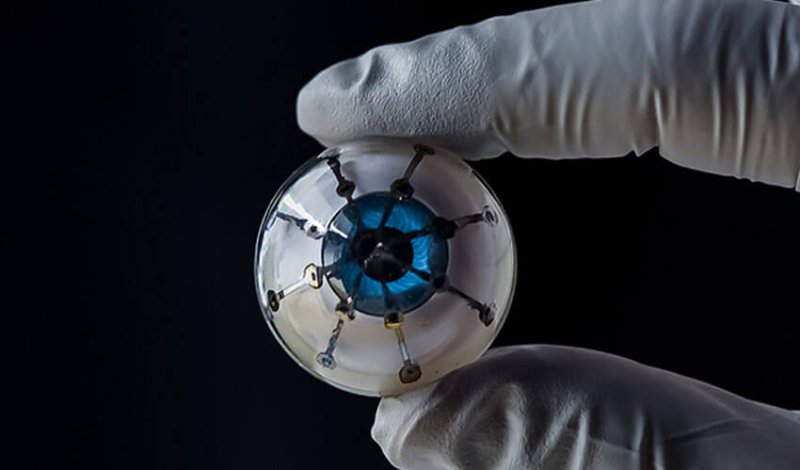The world’s first 3D artificial eyeball — capable of outperforming the human eye in some ways — may help droves of people who are partially or fully blind in as little as five years, according to experts.
Researchers from Hong Kong University of Science and Technology have devised an electrochemical eye whose structure and performance mimic those of the ones humans are born with.
…
The device converts images through tiny sensors that mirror the light-detecting photoreceptor cells in a human eye, The Sun reported. Those sensors reside within a membrane made of aluminum and tungsten which is shaped into a half sphere for the purpose of mimicking a human retina.
…
Creating such a device with image-sensing characteristics such as an extremely wide field of view and high resolution has presented a significant challenge for scientists due to the spherical shape and the retina of the biological eye.
The latest development addresses that and “could lead to a bionic eye,” Professor Zhiyong Fan, of Hong Kong University of Science and Technology, told The Sun. “I think if everything is on track, perhaps in five years, the technology will become practical.”































